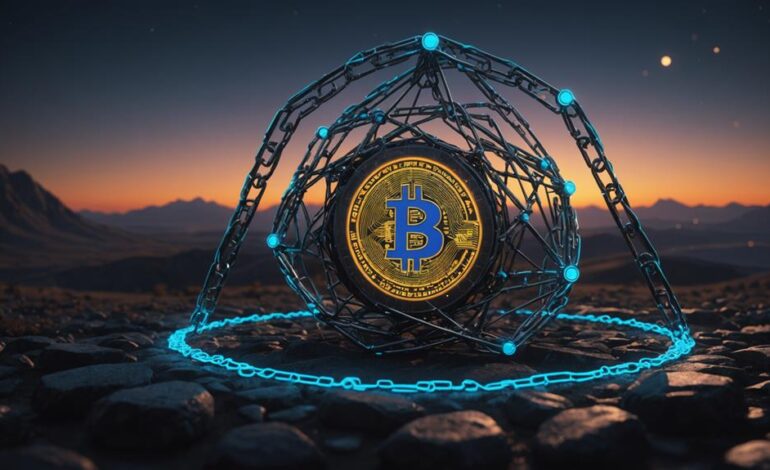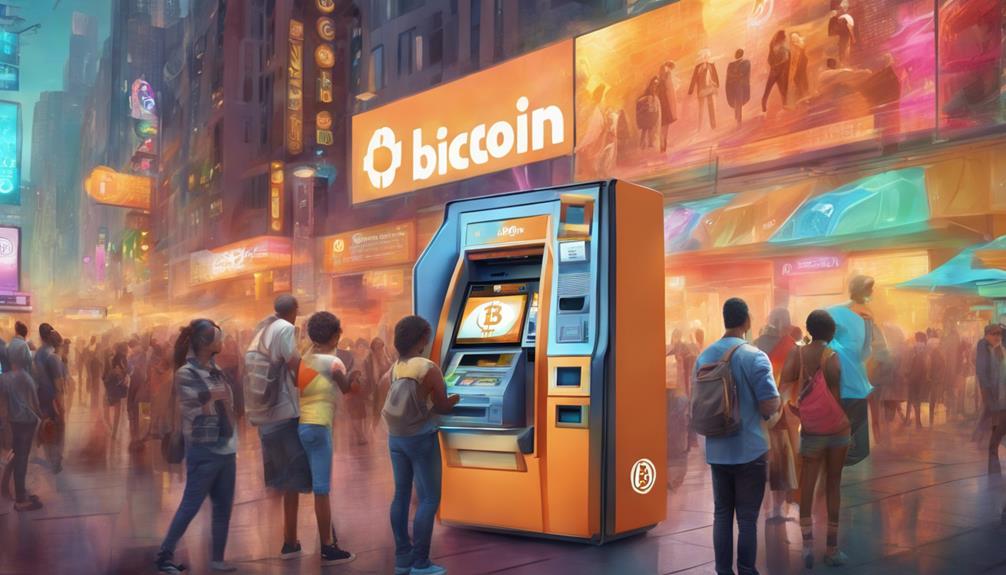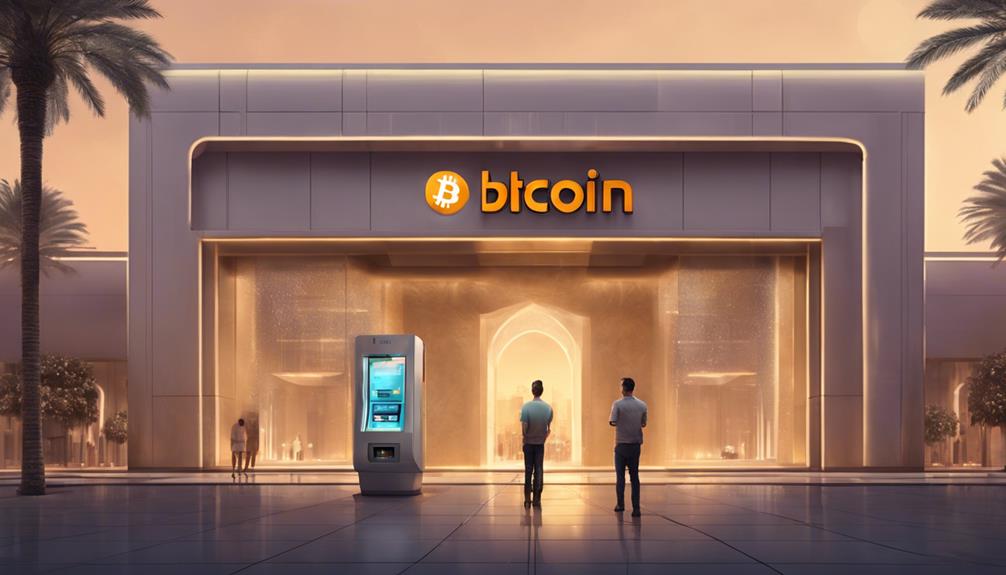Understanding Risks in Decentralized Finance Platforms

As you explore the burgeoning world of decentralized finance (DeFi), it's crucial that you're aware of the risks that come with it. From smart contract vulnerabilities to liquidity pool risks and regulatory uncertainties, the hazards are diverse and significant. You've likely heard of substantial gains in this sector, but have you considered what happens when things don't go as planned? Understanding these risks can help you make informed decisions, potentially safeguarding your investments against unforeseen pitfalls. What are some steps you can take to mitigate these risks? Let's examine the strategies that could shield your assets in this volatile arena.
Smart Contract Vulnerabilities

In recent years, smart contract vulnerabilities have emerged as a significant risk in decentralized finance (DeFi) platforms. As you dive into these ecosystems, you're trusting lines of code with your digital assets. However, these smart contracts aren't foolproof. They can contain bugs or flaws that hackers can exploit, potentially leading to the loss of your funds.
You might wonder how these vulnerabilities are exploited. Often, attackers find loopholes or oversight in the contract's code. For instance, reentrancy attacks allow attackers to withdraw funds repeatedly before the original transaction is approved. This type of exploit was famously used in the DAO attack, where millions were siphoned from the Ethereum-based project.
To protect yourself, it's crucial you understand the risks and the importance of due diligence.
Before investing, check if the smart contracts have been audited by reputable security firms. These audits aren't a guarantee, but they reduce the risk of bugs slipping through.
Liquidity Pool Risks
Beyond smart contract vulnerabilities, you'll also face risks associated with liquidity pools when engaging with DeFi platforms. Liquidity pools, essential for facilitating decentralized trading, lending, and borrowing, can expose you to several unique risks.
One significant risk is impermanent loss, which occurs when the price of your deposited assets changes compared to when you deposited them. The greater the change, the more you're exposed to potential losses if you decide to withdraw your funds. This isn't a paper loss but a real financial impact you'll feel if the market moves against your deposited assets.
You're also at the mercy of liquidity pool smart contracts. If there are bugs or exploits in these contracts, your assets might be at risk. Remember, these aren't covered by traditional insurance systems. Plus, the risk of rug pulls, where developers drain the pool by removing all the funds, can leave you high and dry.
Lastly, consider the pool's composition. Pools with volatile assets or those poorly managed can increase the risk of financial loss. You need to assess not only the pool's performance but also its governance structure and the transparency of its operations to mitigate these risks effectively.
Regulatory Challenges

While liquidity pool risks are significant, you also need to consider the regulatory challenges facing DeFi platforms. As you delve into DeFi, you'll find that its global nature complicates traditional regulatory frameworks. Countries have varied stances on DeFi legality, creating a patchwork of regulations you must navigate. This lack of uniformity can lead to confusion and potential legal pitfalls.
You're likely aware that DeFi operates largely outside established financial systems, which means there isn't a central body overseeing activities. This absence of oversight makes you vulnerable to scams and fraud, with fewer recourses available if things go wrong. You must stay vigilant and informed about the platforms you use.
Furthermore, as regulators start to catch up with technology, you could face sudden changes in how DeFi is governed. This might affect how you access DeFi services or alter the risks involved. For instance, new compliance requirements could impose stricter KYC (Know Your Customer) procedures, potentially limiting your anonymity and exposing you to privacy risks.
Staying ahead means keeping an eye on global regulatory developments and being prepared to adapt your strategies. Understanding these complexities isn't just optional—it's essential for safeguarding your investments in the ever-evolving world of DeFi.
Price Volatility Factors
Price volatility is a critical concern when investing in decentralized finance (DeFi) platforms. As you dive into this dynamic market, it's essential to understand the factors that contribute to the sharp price fluctuations often seen in DeFi tokens and cryptocurrencies.
Firstly, the market's relatively small size compared to traditional finance means even small trades can significantly impact prices. You're dealing with a market where liquidity isn't always guaranteed, and this can lead to abrupt price changes if large orders aren't matched smoothly.
Secondly, consider the influence of news and social media. Information spreads like wildfire, and its impact is often amplified in the DeFi space. Positive news can send prices soaring, while negative news can lead to swift declines. As an investor, you're also facing the challenge of speculation and hype, which can distort prices away from their true value.
Lastly, the interconnectedness of DeFi protocols introduces a unique risk. A significant shift in one protocol often ripples across the ecosystem, affecting others. Market sentiment in DeFi isn't just about individual tokens or platforms; it's about the broader network effects and their unpredictable impacts.
Platform Security Breaches

Security breaches in decentralized finance platforms often lead to significant disruptions. Imagine you've invested in a promising DeFi project, anticipating stable returns. However, one day, you wake up to the news that hackers have exploited a vulnerability, draining funds from the platform. This isn't just a hypothetical; it's a common scenario that highlights the inherent risks associated with these platforms.
You might wonder how these breaches occur. Typically, they stem from flaws in smart contracts. Despite the rigorous testing, some vulnerabilities remain undetected until exploited. Remember, once a transaction on the blockchain is executed, it's irreversible. This makes recovery from theft particularly challenging.
Moreover, the decentralized nature, which you likely cherish for promoting anonymity and reducing reliance on traditional banks, also complicates the regulation and oversight. There's usually no central authority to turn to for recourse or compensation. You're essentially at the mercy of the platform's security measures.
Conclusion
In wrapping up, you must stay vigilant about the risks in DeFi platforms. Ensure you're aware of smart contract vulnerabilities and liquidity pool risks. Keep up with regulatory changes and understand how price volatility can impact your investments. Don't overlook the importance of platform security. By conducting thorough due diligence, engaging with security audits, and keeping an eye on market trends, you'll enhance your ability to manage these risks effectively and safeguard your assets in the dynamic DeFi landscape.





